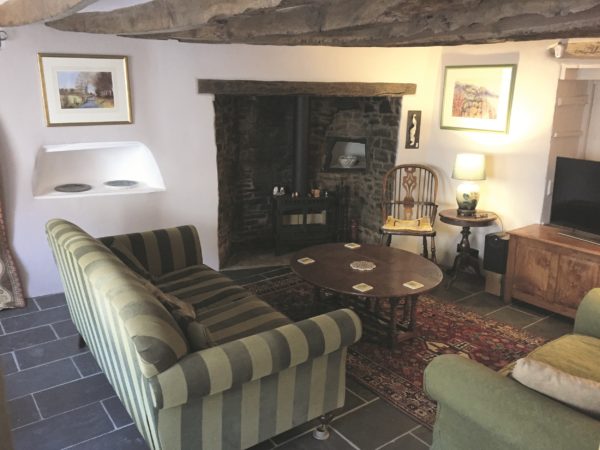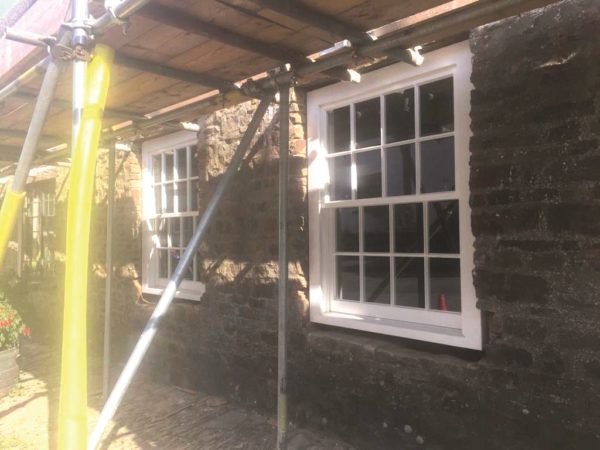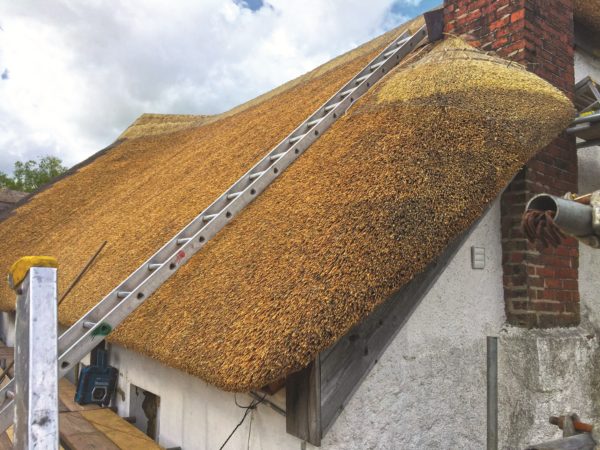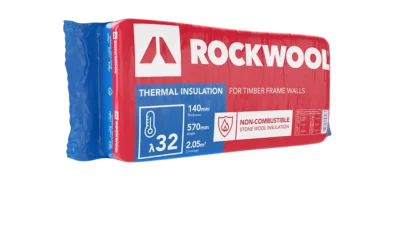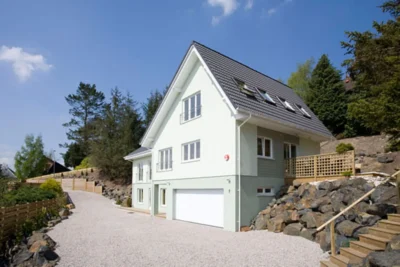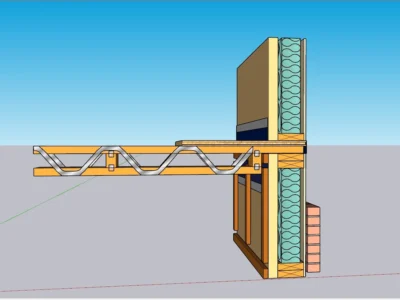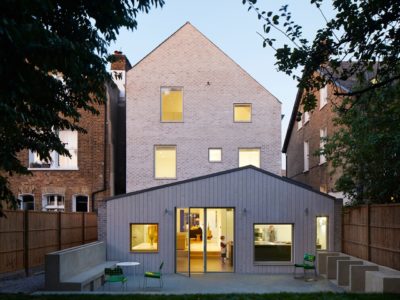Insulating the fabric of our new home has been pretty straightforward, which makes a change for us!
I’m fully aware that this might not sound like the most exciting part of the build, but it’s one that’s given me a lot of pleasure. I can take great financial and philosophical satisfaction from it – how many things can you say that about, especially on a muddy building site?
We’re using a pretty uncomplicated and very affordable method to keep the house warm. It would have been nice to have used more eco-friendly materials, but the ends more than justify the means.
The heat load for the whole house is only 15kW – the output of a medium sized modern stove, which Orme (our architects) have achieved through a combination of clever design and sensible use of materials.
Half the house is underground, of course, which is a good start, and under our feet we’ve got a great big reinforced concrete raft. The walls in the basement are very thick, with two block leaves sandwiching a core of poured concrete with rebar.
Then there’s the beam and block floor, and over our heads on the living floor will be a green roof, which has excellent thermal properties. We also have a heavily insulated timber frame box on the first floor for our bedroom and office.
The external walls of the main floor have an internal layer of thermalite blocks, then a total of 110mm of Kingspan insulation boards in two overlapping layers. Next there’s a small void and the outside wall – which is dense concrete blocks – is clad in timber and stone. The latter is coming from the old cottage that we’re currently living in on site.
Our architect tells me the walls will have a U-value of 0.14 W/m2K, even without the stone/cladding, which compares very favourably with the current Building Regulations’ requirement of 0.30.
The whole package gives us great thermal mass, which means it heats and cools slowly. The home will stay cool in summer, when large overhanging eaves will prevent too much solar gain. But in the winter, when the sun is lower, we will get some heat capture.
The entire building sits in a single thermal envelope, and the north facing wall has no doors and limited window openings (which are common air leakage points).
Where there is glass, we’ve spent more than we originally planned to get decent quality windows. What a difference to worrying whether the oil will run out and writing another cheque for the equivalent cost of a small car, which was what we were doing in our old home.
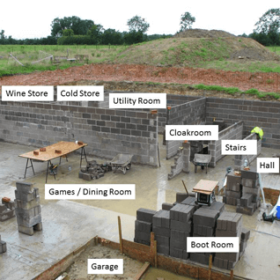
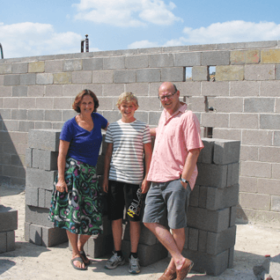
































































































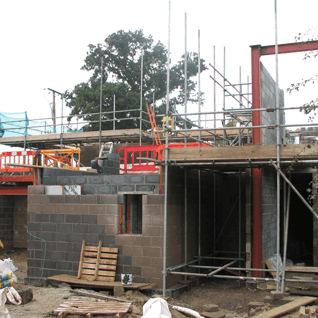
 Login/register to save Article for later
Login/register to save Article for later

